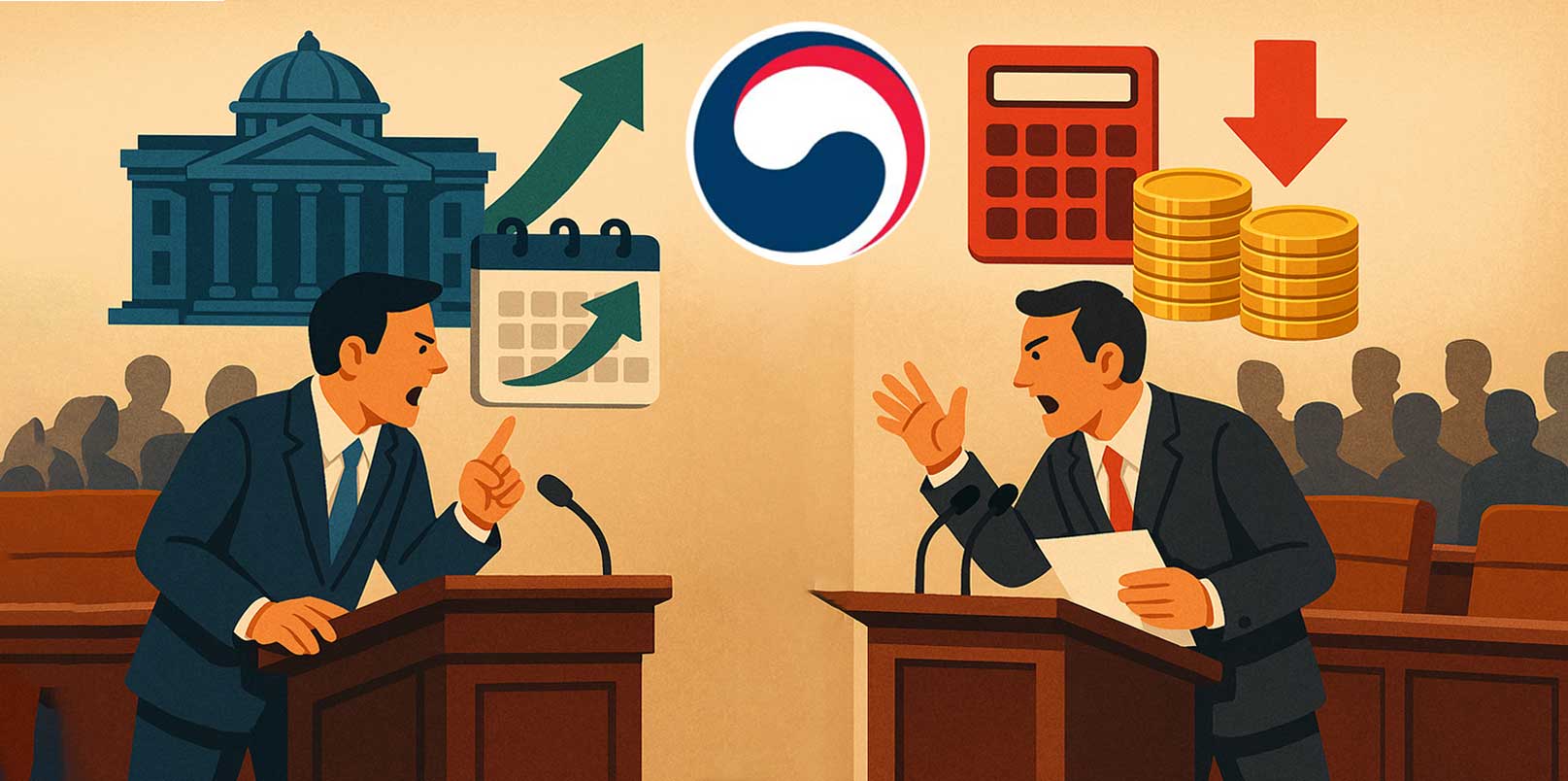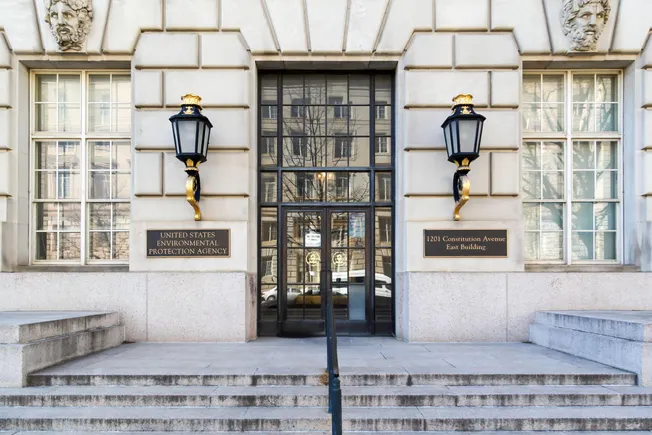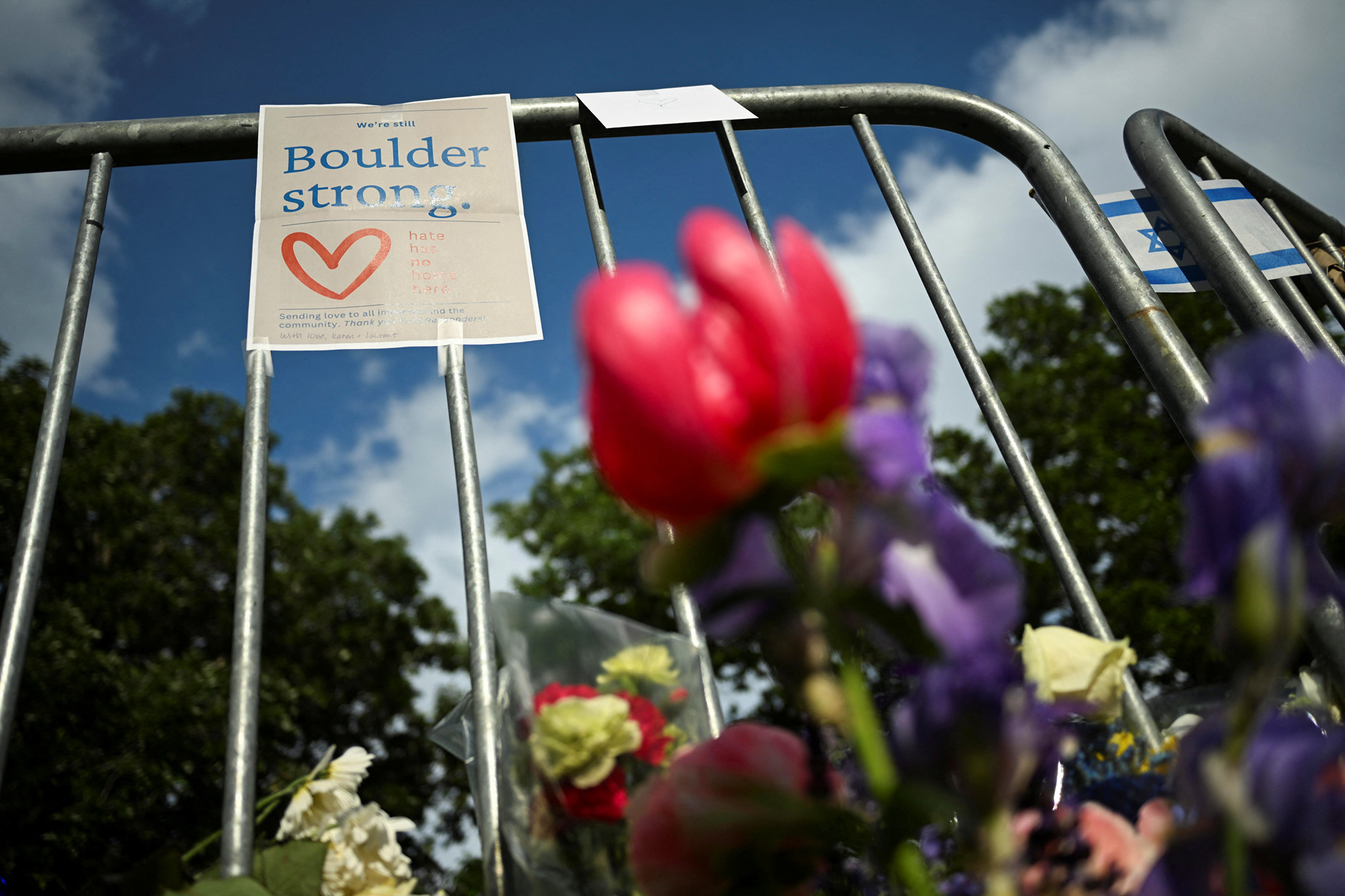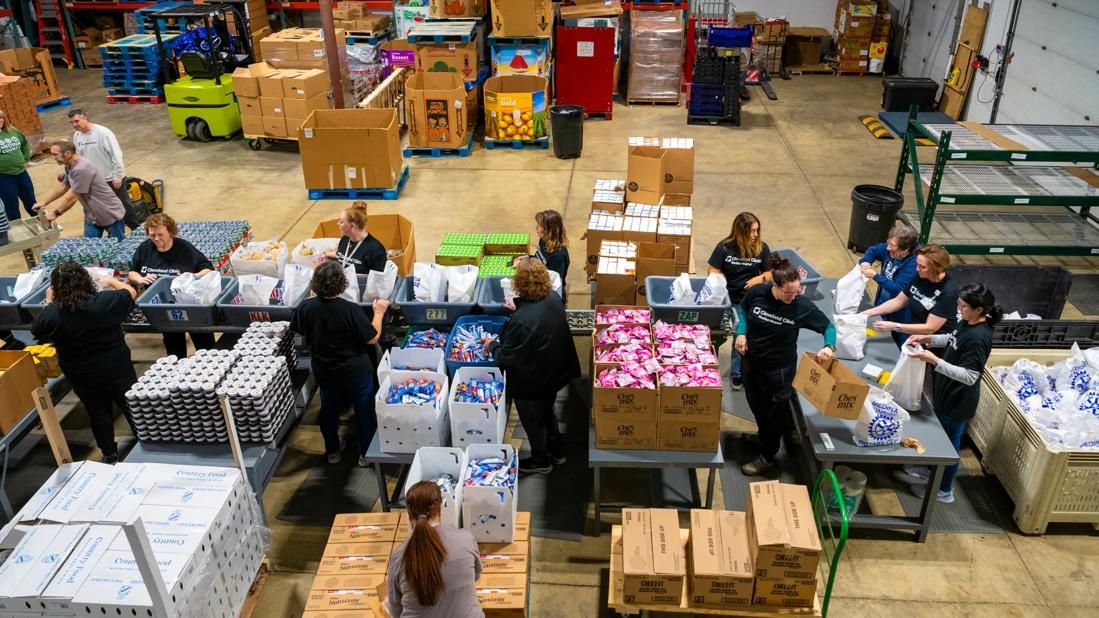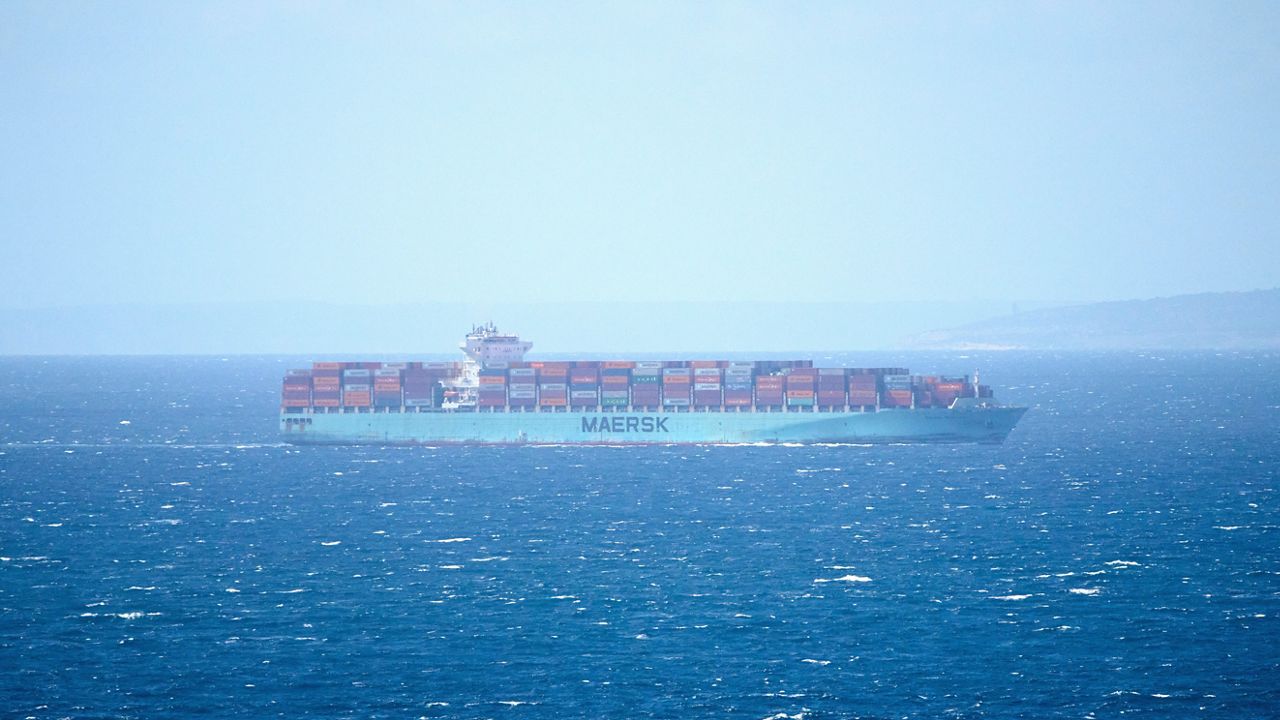Mexico’s New Approach to Tourism: Sustainability, Community Empowerment, and Responsible Travel Set to Transform the Industry by 2030 – Travel And Tour World

Report on Mexico’s Strategic Shift Towards Sustainable Tourism
Introduction: A New Paradigm for the Mexican Tourism Industry
Mexico is undertaking a significant transformation of its tourism sector, marked by a strategic pivot from traditional, high-volume models to a framework centered on sustainability, community empowerment, and responsible travel. This new approach is designed to align the nation’s tourism growth with the United Nations’ Sustainable Development Goals (SDGs), aiming to redefine the industry by 2030. The initiative moves beyond purely economic metrics to foster a more inclusive and environmentally conscious tourism landscape that benefits local communities, preserves cultural heritage, and offers visitors more authentic and meaningful experiences.
National Strategy for Sustainable Tourism and SDG Alignment
The government’s revised tourism strategy reframes the industry as a vehicle for national well-being, integrating principles of environmental conservation, cultural respect, and social justice. This holistic approach directly supports several key SDGs.
Fostering Decent Work and Sustainable Economic Growth (SDG 8)
The new model prioritizes the creation of sustainable livelihoods and equitable economic opportunities. Key actions include:
- Empowering local businesses and artisans by connecting them to the global tourism market through digital platforms.
- Shifting focus from large-scale resorts to community-managed tourism enterprises, ensuring that revenue directly benefits local populations.
- Promoting fair income distribution to create decent work and stimulate local economies.
Promoting Sustainable Communities and Reducing Inequalities (SDG 10 & SDG 11)
A central goal is to ensure that the benefits of tourism are distributed more evenly, fostering resilient communities and preserving cultural identity.
- Mitigating Overtourism: By promoting its 177 “Magical Towns” and other off-the-beaten-path destinations, Mexico aims to alleviate pressure on popular tourist hotspots, preventing environmental degradation and social disruption.
- Preserving Cultural Heritage: The strategy actively supports the preservation of indigenous traditions, crafts, and ways of life, positioning tourism as a tool for cultural enhancement rather than erosion, directly contributing to SDG Target 11.4.
- Curbing Gentrification: Policies such as regulating short-term rentals in urban areas are being implemented to ensure that tourism-generated income is distributed fairly and does not displace local residents, thereby reducing inequalities (SDG 10).
Advancing Responsible Consumption and Production (SDG 12)
Mexico is actively encouraging responsible travel practices among visitors to minimize negative impacts and maximize positive contributions. This includes promoting:
- Shopping at local businesses to support community economies.
- Respecting indigenous customs and cultural norms.
- Choosing eco-friendly lodging and tour operators.
- Avoiding exploitative tourism practices that harm the environment or local communities.
Core Pillars of the New Tourism Model
Community-Based Tourism
The cornerstone of Mexico’s new policy is community-based tourism, which transforms local communities from passive recipients into active participants and managers of the tourism experience. This approach fosters local self-determination, ensures social justice, and provides travelers with direct, authentic engagement with Mexico’s diverse cultures. By enabling visitors to participate in local traditions and daily life, this model provides direct financial support to the populace while safeguarding cultural authenticity.
Environmental Stewardship and Biodiversity Protection (SDG 14 & SDG 15)
Recognizing the challenge that mass tourism poses to natural ecosystems, the government is reinvesting in sustainable projects and strengthening environmental protection policies. The strategy aims to balance tourist access to Mexico’s immense biodiversity with the critical need to protect and preserve these natural assets for future generations, aligning with global efforts to protect life on land and below water.
The Role of Technology and Security in Sustainable Development
Digital Transformation for Inclusive Tourism
Modern technology is instrumental in achieving the goals of this new strategy. Digital tools and platforms are being leveraged to:
- Promote lesser-known destinations and community-based tourism initiatives.
- Enable travelers to plan and book sustainable and eco-friendly trips.
- Provide online training to local tourism operators on sustainability practices.
- Ensure a more equitable distribution of tourism revenue by increasing the visibility of small, local enterprises.
Enhancing Safety and Security for Inclusive Growth (SDG 16)
Significant improvements in safety and security have been a priority, contributing to a steady decline in crime and boosting traveler confidence, particularly among a growing number of female visitors. A secure environment is fundamental to building the strong institutions and peaceful society envisioned in SDG 16, providing a stable foundation for sustainable tourism to flourish.
Future Outlook: A Global Model for Responsible Tourism
With these initiatives, Mexico is positioning itself to become a world leader in sustainable and community-centric tourism. The government’s comprehensive approach serves as a potential blueprint for other nations seeking to transform their tourism sectors into forces for positive social, cultural, and environmental change. As Mexico works towards its goal of becoming the world’s fifth most-visited country by 2030, its commitment to sustainability and community empowerment will be the guiding principles, ensuring that growth is both responsible and meaningful for visitors and host communities alike.
SDGs Addressed in the Article
SDG 8: Decent Work and Economic Growth
- The article highlights Mexico’s strategy to boost its tourism sector, noting a “steep increase of 14.2%” in international visits. This focus on growing the tourism industry directly connects to promoting sustained and inclusive economic growth. The strategy aims to ensure that the “profit on every side of the deal” is captured, including for local businesses, which are made “visible on the global stage” through technology.
SDG 10: Reduced Inequalities
- The new tourism model emphasizes “social justice” and aims to ensure that the “benefits of tourism are not concentrated on a few areas.” The article mentions policies like “regulated short term rentals in cities” to “curb gentrification” and ensure that income from tourism is “distributed fairly instead of benefiting a few individuals.” This directly addresses the goal of reducing inequality.
SDG 11: Sustainable Cities and Communities
- The article discusses efforts to “mitigate overtourism in popular destinations, preventing environmental degradation and congestion.” It highlights the promotion of 177 “Magical Towns” to safeguard cultural heritage. The focus on making communities the center of the tourism model, protecting cultural uniqueness, and implementing policies to manage tourism’s impact on cities aligns with making human settlements inclusive, safe, resilient, and sustainable.
SDG 12: Responsible Consumption and Production
- The core theme of the article is the shift towards “sustainable tourism” and “responsible travel.” It states that the government is encouraging travelers to “respect indigenous customs and avoiding exploitative tourism” and to “make a positive contribution to a culture and its environment.” This shift from high-impact models to a sustainable framework is central to SDG 12.
SDG 15: Life on Land
- The article explicitly mentions “environmental conservation” and the goal of “actively protecting and preserving the nature and ecosystems for the coming generations.” It notes that the government is “reinvesting in more sustainable projects and improving the policies for tourism that have an eco negative impact,” which directly relates to protecting terrestrial ecosystems and biodiversity.
SDG 16: Peace, Justice and Strong Institutions
- The article points out that Mexico has “expanded its safety and security features” and is “experiencing one of its safest periods in years, and crime is on a steady decline.” This focus on improving safety to build traveler confidence and create a secure environment connects to the promotion of peaceful and inclusive societies.
Specific Targets Identified
SDG 8: Decent Work and Economic Growth
- Target 8.9: By 2030, devise and implement policies to promote sustainable tourism that creates jobs and promotes local culture and products. The entire article is a case study of this target. Mexico’s new strategy is described as a policy shift to “promote sustainable tourism” that empowers communities, promotes “local culture,” and showcases “age-old indigenous practices and craftsmanship.”
SDG 10: Reduced Inequalities
- Target 10.2: By 2030, empower and promote the social, economic and political inclusion of all. The article’s focus on “community empowerment” and making local communities “active participants in managing the tourism experience” aligns with this target. The strategy aims for a more equitable distribution of tourism benefits to prevent them from being “concentrated on a few areas.”
SDG 11: Sustainable Cities and Communities
- Target 11.4: Strengthen efforts to protect and safeguard the world’s cultural and natural heritage. The article details Mexico’s efforts to preserve its heritage through the promotion of 177 “Magical Towns,” which showcase “traditions by showcasing age-old indigenous practices and craftsmanship.” It also mentions the goal of protecting “immense biodiversity and breathtaking sights.”
SDG 12: Responsible Consumption and Production
- Target 12.b: Develop and implement tools to monitor sustainable development impacts for sustainable tourism. The article describes Mexico’s new national strategy as a comprehensive approach that redefines the tourism industry. The use of “digital tools and platforms” to promote sustainable practices and “online tourism training” can be seen as implementing tools to guide and monitor sustainable tourism.
SDG 15: Life on Land
- Target 15.1: By 2020, ensure the conservation, restoration and sustainable use of terrestrial and inland freshwater ecosystems and their services. The article states that Mexico aims to maintain access to its “immense biodiversity” while “actively protecting and preserving the nature and ecosystems for the coming generations,” which is a direct reflection of this target’s objective.
SDG 16: Peace, Justice and Strong Institutions
- Target 16.1: Significantly reduce all forms of violence and related death rates everywhere. The article’s statement that “crime is on a steady decline” and that the country is experiencing one of its “safest periods in years” directly relates to progress on this target.
Indicators for Measuring Progress
For Target 8.9 (Sustainable Tourism)
- Mentioned Indicator: The percentage increase in international tourist visits, which is stated as “a steep increase of 14.2%.” This measures overall tourism growth.
- Implied Indicator: The economic contribution of tourism to local communities, supported by the encouragement to “shop locally.”
For Target 11.4 (Protecting Heritage)
- Mentioned Indicator: The number of designated cultural sites being promoted, specifically the “177 ‘Magical Towns’.”
- Implied Indicator: The amount of investment directed towards “preserving the relevant cultures and nature in the region.”
For Target 12.b (Monitoring Sustainable Tourism)
- Implied Indicator: The existence and implementation of a national sustainable tourism strategy, which the article describes in detail.
- Implied Indicator: The number of travelers and businesses using digital tools designed to promote sustainable tourism, such as booking “eco-friendly lodgings” through these platforms.
For Target 16.1 (Reducing Violence)
- Mentioned Indicator: The national crime rate, which the article states is on a “steady decline.”
Summary of Findings
| SDGs | Targets | Indicators |
|---|---|---|
| SDG 8: Decent Work and Economic Growth | Target 8.9: Promote sustainable tourism that creates jobs and promotes local culture and products. |
|
| SDG 10: Reduced Inequalities | Target 10.2: Empower and promote the social, economic and political inclusion of all. |
|
| SDG 11: Sustainable Cities and Communities | Target 11.4: Strengthen efforts to protect and safeguard the world’s cultural and natural heritage. |
|
| SDG 12: Responsible Consumption and Production | Target 12.b: Develop and implement tools to monitor sustainable development impacts for sustainable tourism. |
|
| SDG 15: Life on Land | Target 15.1: Ensure the conservation, restoration and sustainable use of terrestrial ecosystems. |
|
| SDG 16: Peace, Justice and Strong Institutions | Target 16.1: Significantly reduce all forms of violence. |
|
Source: travelandtourworld.com

What is Your Reaction?
 Like
0
Like
0
 Dislike
0
Dislike
0
 Love
0
Love
0
 Funny
0
Funny
0
 Angry
0
Angry
0
 Sad
0
Sad
0
 Wow
0
Wow
0














